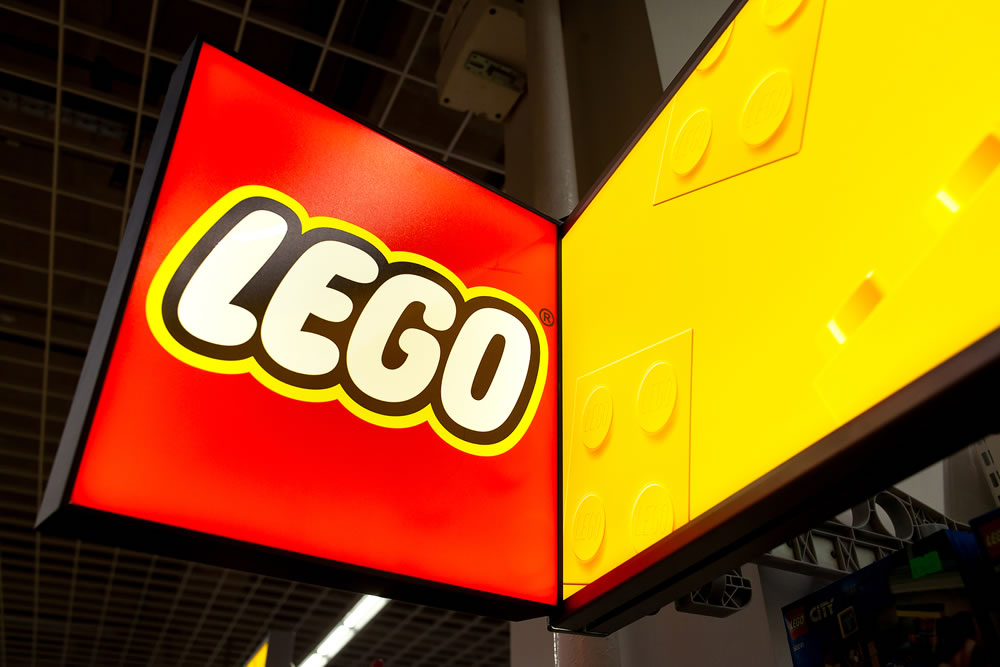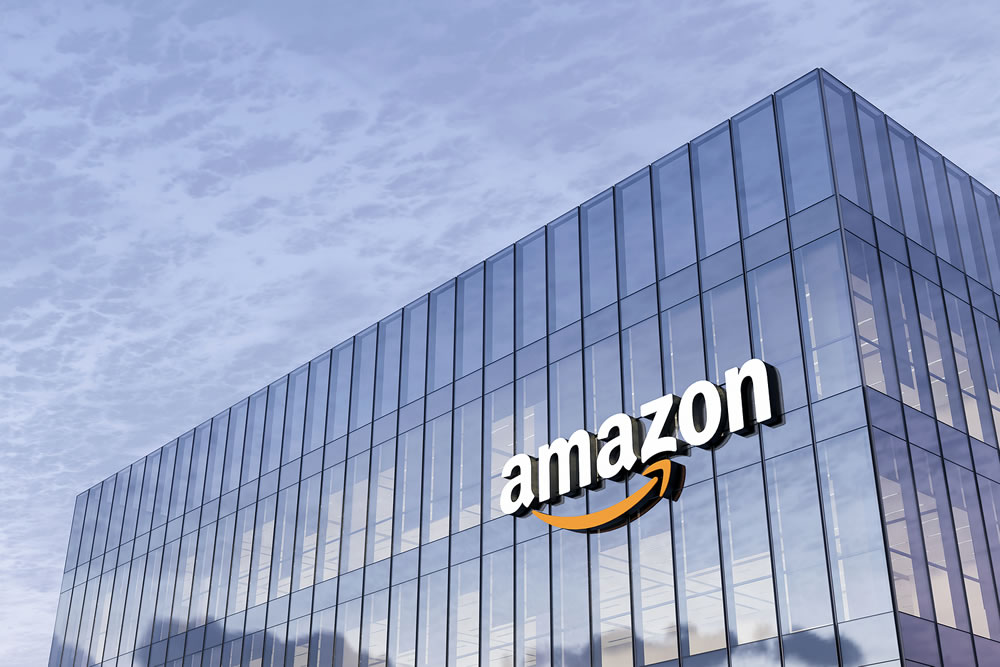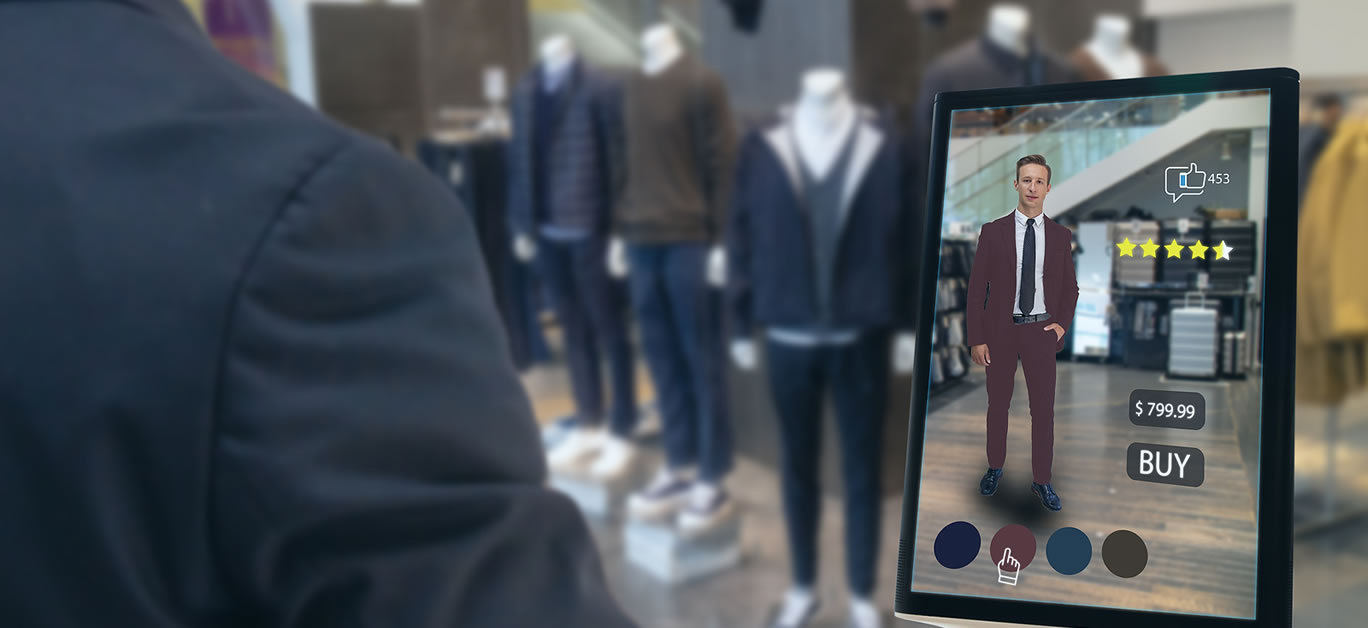Our penchant for online shopping is nothing new, with the convenience of splurging at some of our favourite luxury stores from afar making it an increasingly popular choice over recent years. But since the global pandemic began back in March 2020, our appetite for online spending has soared to all new heights, with brands forced to adapt quickly in order to keep up with demand.
According to the Statista website, in 2020, retail e-commerce sales worldwide amounted to 4.28 trillion US dollars, and e-retail revenues are projected to grow to 5.4 trillion US dollars in 2022.
Unable to leave our homes or visit bricks-and-mortar stores for extended periods of time, we have, at times, had little choice but to shop digitally, but as the online experience becomes more and more user friendly, it’s a habit that many of us are set to hold onto for the long-term.
Prior to recent developments in the online space, many customers have had continued reservations about shopping digitally. When items are the wrong size or don’t look like they did in the picture when they arrive, the hassle of returning them is an inconvenience most of us don’t need, cancelling out the initial appeal of being able to buy easily from the comfort of our homes, but thanks to the introduction of innovative new augmented reality technology, this could soon become a thing of the past.

Beyond simply allowing customers to view items of clothing from a variety of angles via video to get a better feel for what they look like in real life, augmented reality goes one better, allowing customers to actually try on items from wherever they are at the time. So, there are no surprises when they arrive on your doorstep, and you can rest assured that you’ve made the right choice by the time you part with your credit card details.
And it’s not just the fashion world that is embracing this forward-thinking technology. You can try on makeup, and see exactly how a piece of furniture will look in your living room before you buy – to name but a few of its current applications.
We still have some way to go before augmented reality is in use across all of our favourite online stores, but those that have been quick to employ it are already reaping the benefits. Here are some of the brands and companies doing it the best, and where an up-levelled shopping experience is guaranteed.
1. Lego
Lego was one of the first to install special augmented reality kiosks across its stores, allowing customers to scan a set of LEGO pieces and see a 3D representation of the assembled toy before their eyes. Transforming the way parents buy toys for their children, Forbes named this app ‘Best Open World LEGO Video Game’ – making it one of the most forward-thinking initiatives in the world of toys and games.

2. Sephora Beauty Mirror
We’ve all ordered a foundation online only to find that the shade match is completely inaccurate – but that could all be about to change. Thanks to Sephora’s brand new Beauty Mirror, online shoppers can now try all manner of different products on their faces virtually before they buy, allowing them to get a realistic idea of exactly how it will look with their complexion.
3. Amazon
Amazon’s augmented reality capabilities have garnered it much attention of late, and rightly so. With AR View, customers can overlay 3D images of thousands of items in their home environment and see how they fit together, with Amazon Echo devices helping to bring the AR shopping experience to life.
4. Nike SNKRS
Nike has long been a trail-blazer in its field, and now it has implemented a unique, location-based approach to attract superfans and sneaker enthusiasts in the New York region.
The brand’s app allows users to unlock limited editions by visiting a product page, clicking on a 3D model, and pointing the camera at the Chang’s Fuku restaurant menu or unique SNKRS posters Nike has posted across New York. This unusual way to target and interest the bustling sneakerhead community has created a buzz online in just the way the brand likely intended, and is proof that Nike remains one step ahead of the competition.

5. Dressing Gap
Gap’s virtual fitting room allows online shoppers to choose the closest body type to their own from five different options and see precisely how a piece of clothing looks and fits – so if you’re worried that show-stopping dress won’t flatter your figure, then you can find out for sure before you buy.
As expected, Gap has since reported high customer satisfaction and functionality conversions, with shoppers preferring to use the fitting room instead of viewing the overall model or static images and videos.
6. IKEA Place
Ikea has been a pioneer in the implementation of augmented reality into the shopping experience, allowing customers to imagine how its items of furniture will look in their homes without having to buy them first. With the IKEA app, shoppers can digitally place and visualise furniture in their own home or office environments, saving any headaches in the long-run should a piece not fit or look as intended.
7. Toys “R” Us
Toys “R” Us is another brand to have made waves in the augmented reality space, having hired mobile app development services to create its innovative Play Chaser. This augmented reality mobile app can be used in brick-and-mortar stores to launch various immersive AR adventures, unlock games, access unique content, and collect stars, and is available for Android and iOS devices.






















